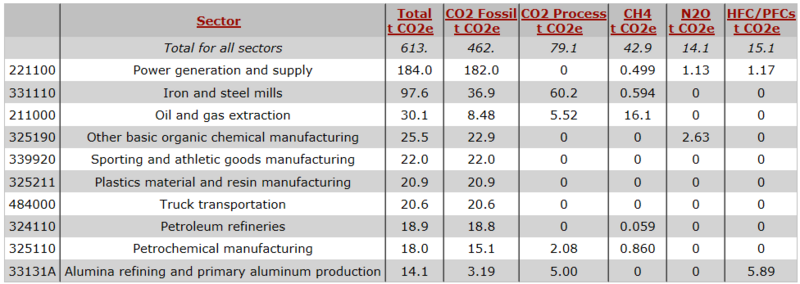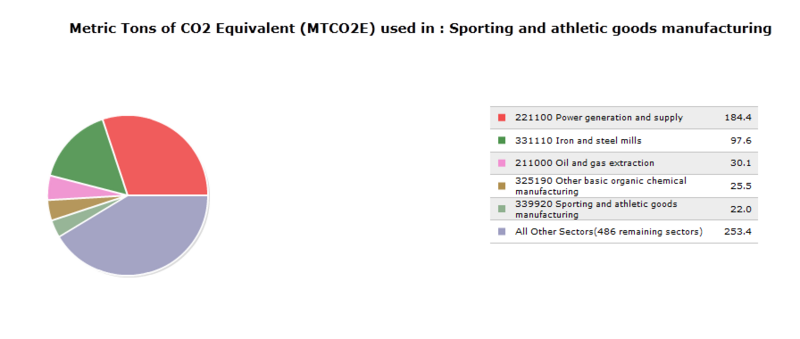From DDL Wiki
Executive Summary
Stakeholders
Consumer
Retailer
Manufacturer
Shipping
Use Study
Mechanical Function
Product Parts
Exploded Assembly
Bill of Materials
Table: Components of Snowboard
| Part #
| Part Name
| Quantity
| Material
| Function
| Manufacturing process
| Weight [g]
| Image
|
| 1
| Screw (1)
| 8
| Steel
| Fixes bindings to board
|
| 5
| 
|
| 2
| Washer (1)
| 4
| Steel
| Protects piece from screw
|
| 0.75
| 
|
| 3
| Nuts (1)
| 4
| Steel
| Attach strap to binding
|
| 8
| 
|
| 5
| Buckle Screw
| 1
| Steel
| Attaches buckle to strap
|
| <1
| 
|
| 6
| Strap (1)
| 1
| Plastic
| Fixes upper part of boot to binding
| Injection
| 16
| 
|
| 7
| Plastic Piece (1)
| 1
| Plastic
|
|
| <1
| 
|
| 8
| Screw (2)
| 1
| Steel
|
|
| 9
| 
|
| 9
| Screw (3)
| 1
| Steel
|
|
| 4
| 
|
| 11
| Metal Ring
| 4
| Steel
| Protect plate (n°18) from screws
|
| 1.5
| 
|
| 12
| Screw (4)
| 1
| Steel
|
|
| <1
| 
|
| 13
| Large Anchor Nut
| 1
| Steel
| Attaches foam pad (n°46) to straps (n°-)
|
| <1
| 
|
| 14
| Small Anchor Nut
| 1
| Steel
| Fixes strap (n°22)
|
| <1
| 
|
| 15
| Angle Limiter
| 1
| Plastic
| Limits angle of pad (n°24)
| Injection
| 10
| 
|
| 16
| Plastic Square
| 1
| Plastic
| Attaches angle limiter (n°15) to pad (n°24)
| Injection
| 9
| 
|
| 17
| Strap (2)
| 1
| Plastic
| Fixes lower part of boot to binding
| Injection
| 9
| 
|
| 18
| Circular Plate
| 1
| Plastic
| Allows different angles between board and binding
| Injection
| 68
| 
|
| 19
| Pad (1)
| 1
| Foam
| Softens connection between leg and binding
|
| 6
| 
|
| 20
| Washer (2)
| 1
| Steel
|
|
| <1
| 
|
| 21
| Strap (3)
| 1
| Plastic
| Attaches buckle and fixes lower part of boot
| Injection
| 10
| 
|
| 22
| Strap (4)
| 1
| Leather
| Fixes lower part of boot
|
| 33
| 
|
| 23
| Nut (2)
| 1
| Steel
|
|
| <1
| 
|
| 24
| Pad (2)
| 1
| Plastic
| Holds rear of boot
| Injection
| 133
| 
|
| 25
| Base
| 1
| Plastic
| Frame of binding
| Injection
| 276
| 
|
| 26
| Damper
| 1
| Rubber
| Dampers vibrations and shocks from board to binding
|
| 79
| 
|
| 27
| Metal Fixation (1)
| 1
| Steel
| Frame of buckle
|
| 12
| 
|
| 28
| Lever (1)
| 1
| Plastic
| Opens or closes buckle
|
| 5
| 
|
| 29
| Metal Fixation (2)
| 1
| Steel
| Frame of buckle
|
| 12
| 
|
| 30
| Rivet (1)
| 1
| Steel
| Connects angle limiter (n°15) pieces
|
| <1
| 
|
| 31
| Rivet (2)
| 6
| Steel
| Connects buckle pieces
|
| 1
| 
|
| 32
| Washer (3)
| 1
| Steel
|
|
| <1
| 
|
| 33
| Metal Fixation (3)
| 1
| Steel
| Frame of buckle
|
| 26
| 
|
| 34
| Lever (2)
| 1
| Aluminium
| Opens or closes buckle
|
| 19
| 
|
| 35
| Plastic Piece (2)
| 1
| Plastic
| Holds buckle pieces in place
| Injection
| 4
| 
|
| 36
| Spring (1)
| 1
| Steel
| Returns lever to original position
|
| <1
| 
|
| 37
| Rivet (3)
| 1
| Steel
| Connects buckle pieces
|
| <1
| 
|
| 38
| Rivet (4)
| 1
| Steel
| Connects buckle pieces
|
| <1
| 
|
| 39
| Plastic Piece (3)
| 1
| Plastic
| Holds buckle pieces in place
| Injection
| 5
| 
|
| 40
| Metal Fixation (4)
| 1
| Steel
| Frame of buckle
|
| 22
| 
|
| 41
| Lever (3)
| 1
| Plastic
| Opens or closes buckle
| Injection
| 4
| 
|
| 42
| Plastic Piece (4)
| 1
| Plastic
| Holds buckle pieces in place
| Injection
| <1
| 
|
| 43
| Spring (2)
| 1
| Steel
| Returns lever to original position
|
| <1
| 
|
| 45
| Board
| 1
| Steel, Resin, Plastic
| Glides on snow and cuts ice with its edges, frame of bindings
|
| 3518
| 
|
| 46
| Foam Pad
| 1
| Foam
| Softens connection between foot and strap
|
| 49
| 
|
| 47
| Plastic Retainer
| 1
| Plastic
| Fixes upper part of boot
| Injection
| 65
| 
|
| 48
| Bolt
| 1
| Steel
| Connects foam pad (n°46) to retainer (n°47)
|
| <1
| 
|
Design for Manufacture and Assembly
Failure Modes and Effects Analysis
Design for Environment
A snowboard has very low greenhouse gas emissions in use. The only emissions associated with use are the additional emissions from transport, which we consider negligable if transported inside a vehicle, but could be significant if transported externally as for example on the roof of a car which would add drag.
The emissions caused by the added drag can be estimated by considering a increase in fuel consumption of 5% when using a ski rack [X]. When estimating an average driving distance to snowboard as 200 miles, a car with 20 miles/gallon, 5 trips/year, a 10 year life span and an average of 3 snowboards in the rack, the amount of gas needed to compensate for the ski rack can be estimated to 8.3 gallons. Considering 8.9 kg CO2 per gallon of gas [Y], the total CO2 emissions from the use of a snowboard is approximately 75 kg. For such a rough estimate it is natural to round it to the order of magnitude of 0.1t CO2.
To estimate the amount of CO2 emissions from manufacturing we used the EIO-LCA method. This gave a total of manufacturing emissions as 0.25t CO2 when considering an average price of 400 dollars for a snowboard.
Table [Z]: CO2 emissions for 1 million $ spent in the sporting and athletic goods manufacturing sector


However the method is very unprecise in our case as snowboards only represents a small fraction of the sporting and athletic goods manufacturing sector, so the value found represents the average emissions from all sports equipment which could vary enormously from one product to another.














































